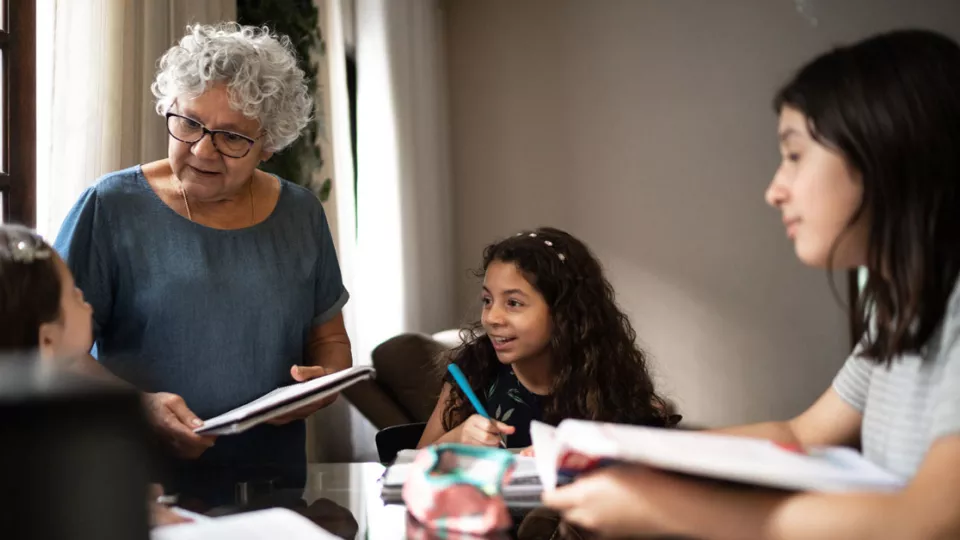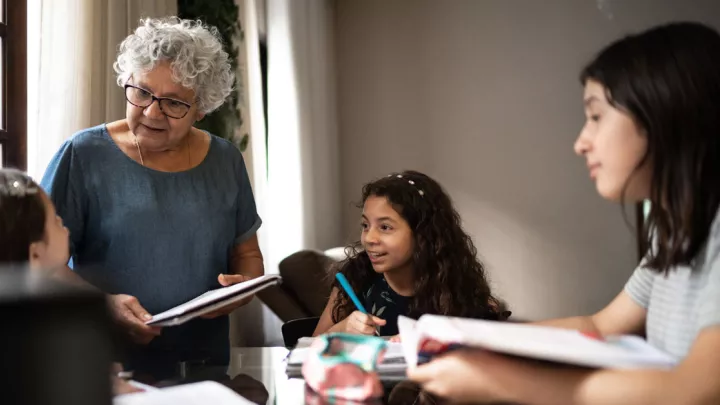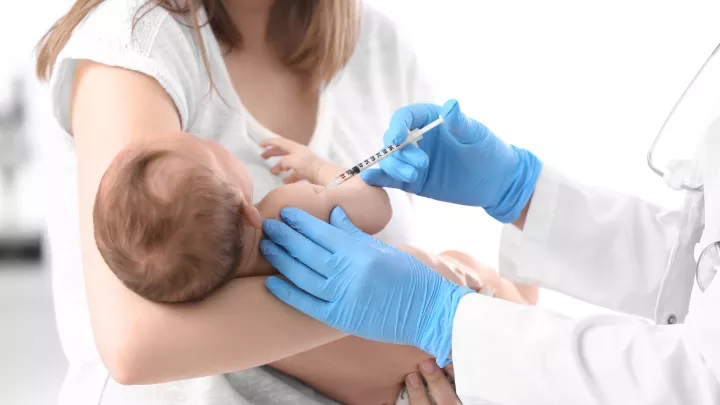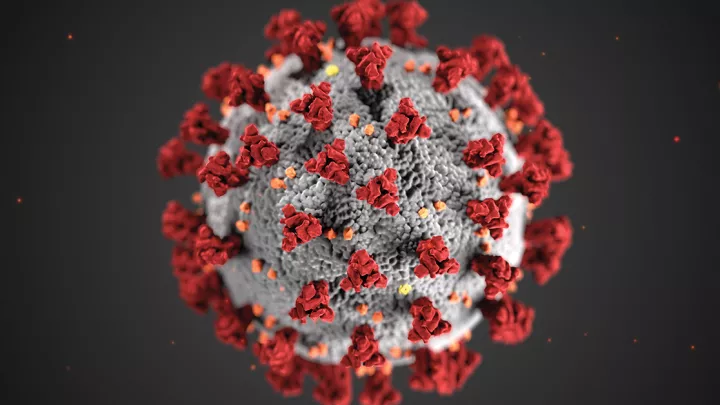
Studying Spread of COVID-19 Within Families
One of the mysteries about SARS-CoV-2, the virus that causes COVID-19, is how it is spread within households, including why some family members develop the viral infection and others do not. Is there a way to predict who will be symptomatic or asymptomatic and how long someone remains infectious?

A study designed to answer these questions was recently awarded $7.1 million by the National Institute of Allergy and Infectious Diseases (NIAID), part of the National Institutes of Health. Pia Pannaraj, MD, MPH, of the Division of Infectious Diseases, will lead the U.S. study site at Children’s Hospital Los Angeles. Other sites include Nicaragua and New Zealand for a projected total of 250-325 enrolled households.
The effort to learn more about household transmission is an extension of a seven-year NIAID-funded study into influenza, which focuses on how a child’s first exposure to the flu virus might produce a long-lasting immunological response. This “imprinting” can impact the child’s ability to respond to future flu strains. The influenza study, which launched in fall 2019, will involve recruitment of about 3,100 children in Los Angeles, New Zealand, and Nicaragua and 12 institutions from all over North America, Australia, and New Zealand. The multi-center investigation into the flu virus was already in place when the worldwide outbreak of COVID-19 hit.
Among the key questions investigators want to explore in the new study is how differences in family members’ immune systems may dictate transmission patterns. Also of interest is whether children contribute to household transmission of the novel coronavirus.
Children’s Hospital Los Angeles researchers received $1.2 million of the total NIAID funding for the U.S. portion of the study, and plan to enroll up to 100 households. At least one member of each participating household must have tested positive for SARS-CoV-2 infection. The study spans all ages, from newborns to seniors.


